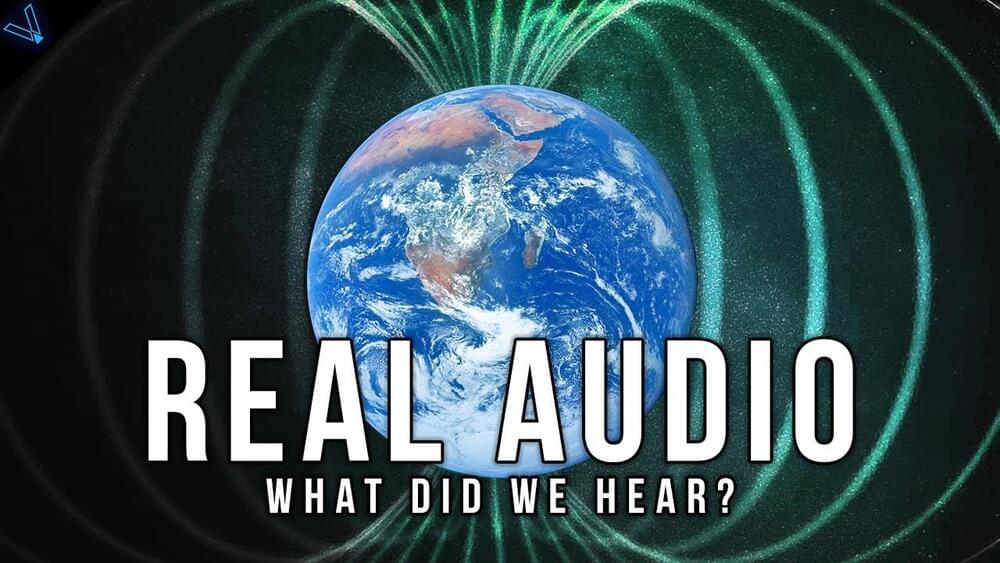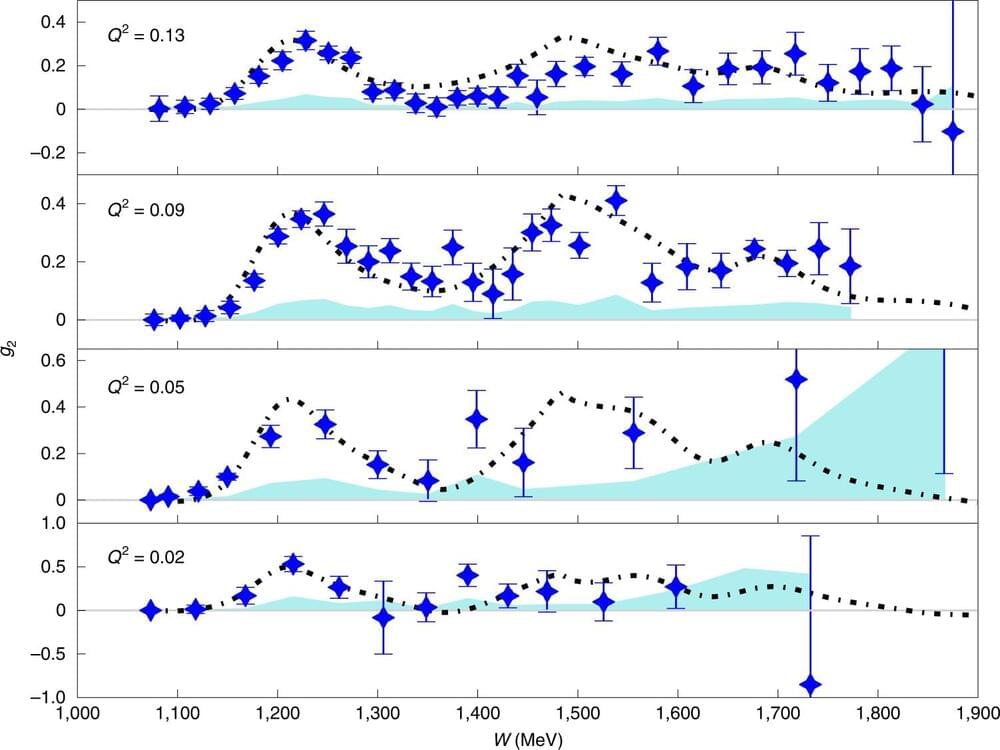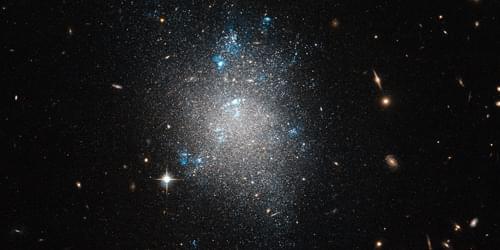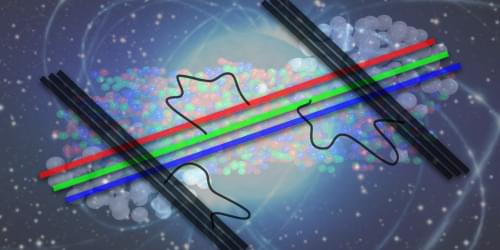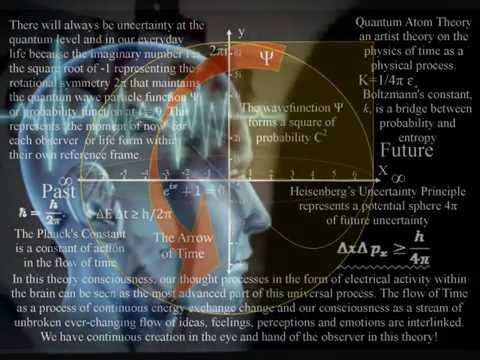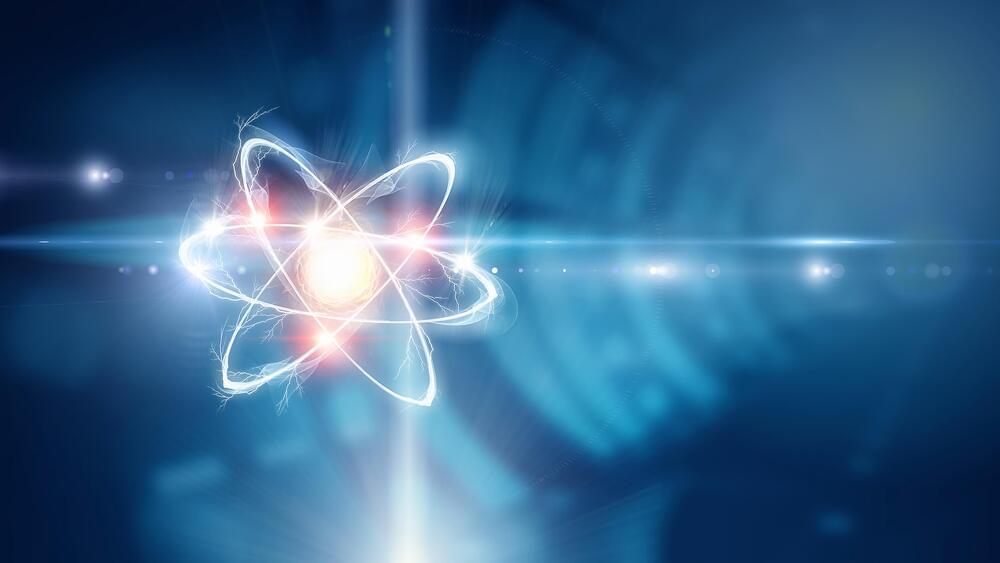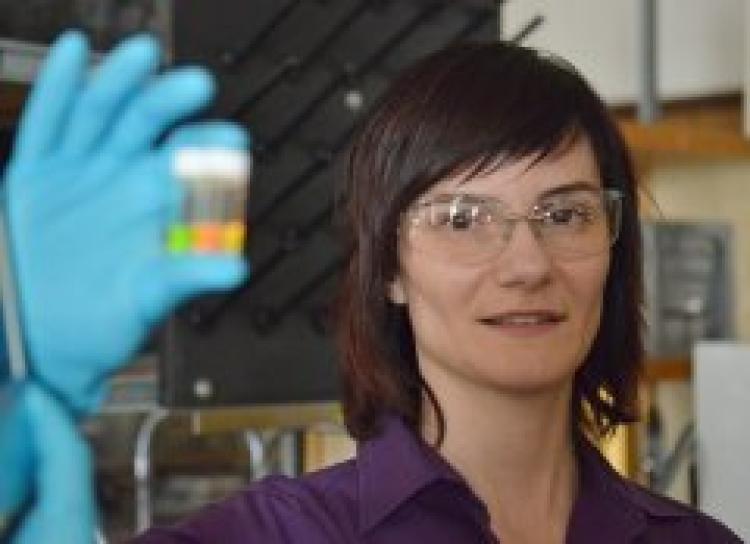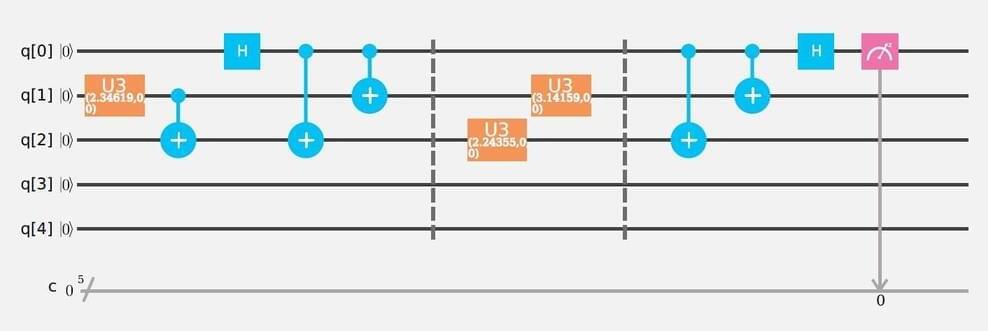Nov 3, 2022
This Is What the Earth’s Magnetic Field Sounds Like! (Very Eerie) (4K)
Posted by Jose Ruben Rodriguez Fuentes in categories: particle physics, space
Does the Earth make a sound? Yes! and it’s very eerie!
The European Space Agency (ESA) recently released 5 minutes of haunting, crackling audio. Revealing what Earth’s magnetic field sounds like. Called the Magnetosphere, it is generated deep within the Earth’s interior, at its core. It extends out into space, creating a strong protective shield against things such as charged particles zipping out of the Sun, called the solar wind. And Without this powerful magnetic field, Earth would likely be a barren, cold, dry world. The audio clip you are about to experience might sound like the stuff of nightmares, but sit back, relax and listen to the strange creaking, crackling and rumbling of our planet’s protective shield. This is the sound of the Earth’s magnetic field.
Find out more about this audio clip — https://www.esa.int/Applications/Observing_the_Earth/FutureE…etic_field.
Continue reading “This Is What the Earth’s Magnetic Field Sounds Like! (Very Eerie) (4K)” »
